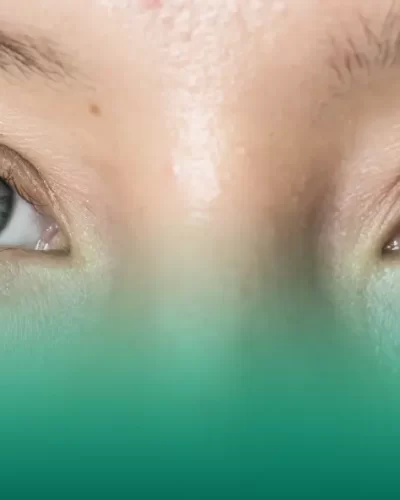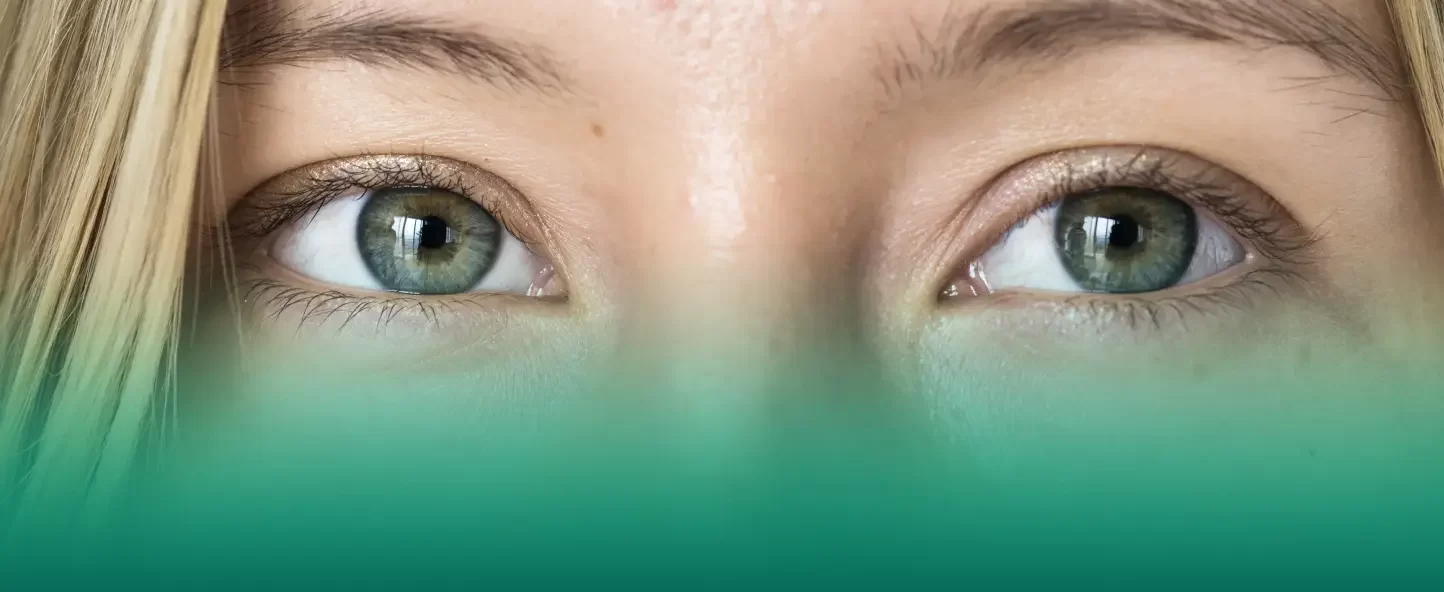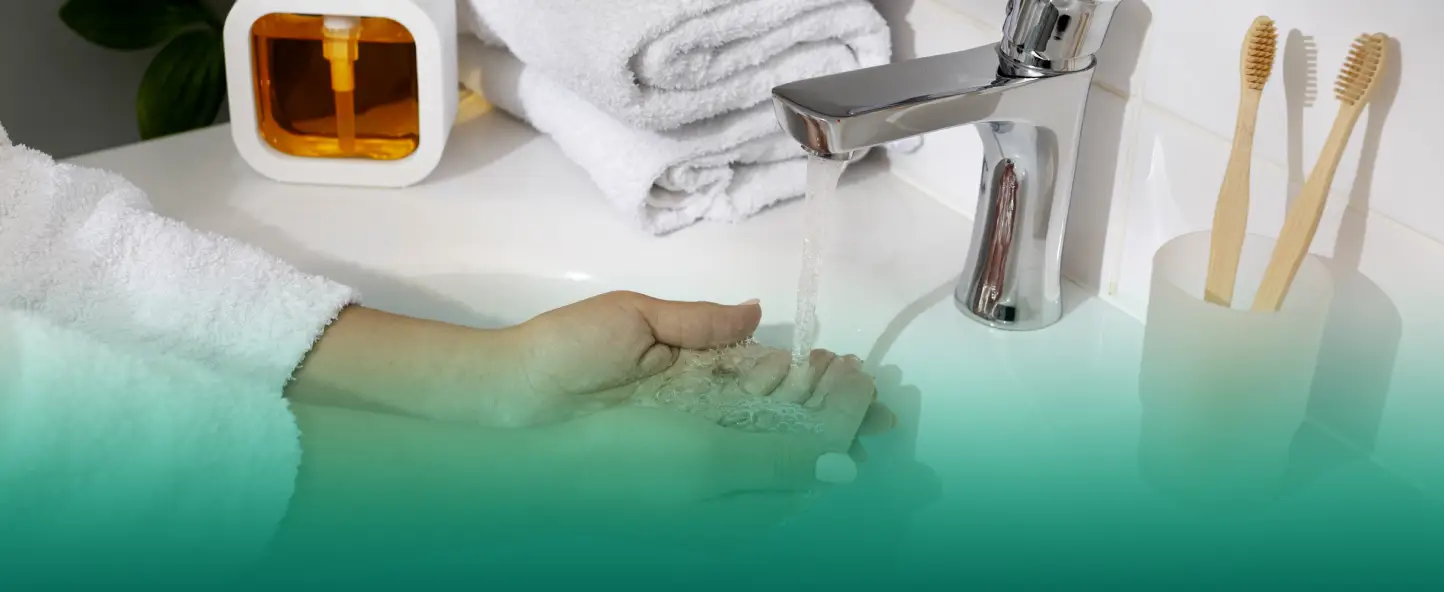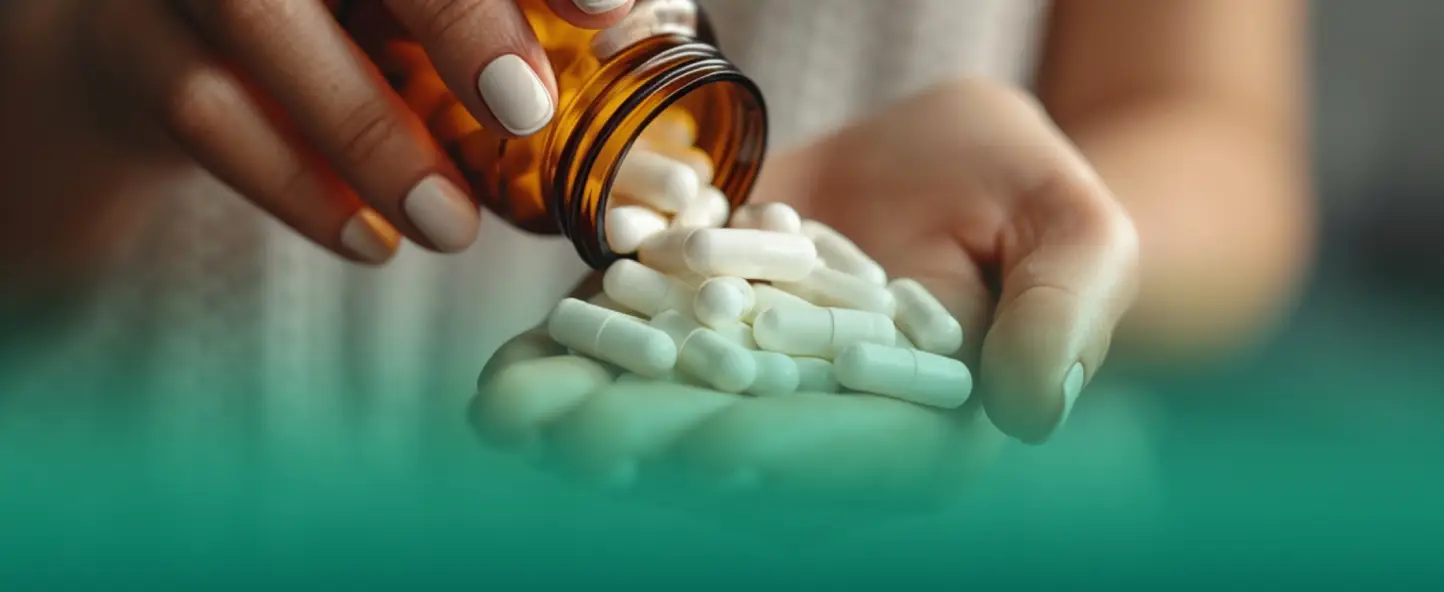Plaques on the eyelids are indeed often associated with high cholesterol levels in the blood, but this is not the only reason for their occurrence. Studies show that about half of people who have xanthelasma do have high cholesterol, but the other half do not have such lipid metabolism disorders, and the exact cause of the plaques remains unclear. Let’s take a closer look at what plaques on the eyelids are, why they can signal the need to check your health, despite the fact that they are not dangerous in themselves.
What are plaques on the eyelids?
In medical terminology, plaques on the eyelids that have a yellowish tint are called xanthelasma. This word comes from the Greek word “xanthos”, which translates as “yellow plate”.
Xanthelasmas are soft or semi-hard growths that are yellowish in color and most often located on the inner corners of the upper eyelids, although they can also occur on the lower eyelids. These growths often appear symmetrically on both eyes.
Xanthelasmas are cholesterol deposits by nature. They are completely benign, do not cause pain, and do not turn into malignant tumors. However, large growths can cause discomfort and interfere with the normal functioning of the eyelids.
According to statistics, xanthelasmas occur in 1.1% of women and 0.3% of men, and can occur between the ages of 20 and 70, with a maximum incidence at the age of 40-50.
Why do eyelid xanthelasmas occur?
It is believed that xanthelasmas are formed as follows: immune system cells called macrophages, which are found in the skin, absorb excessive amounts of lipids. At some point, the fat-filled macrophages lose control of their lipid metabolism and turn into foam cells. The accumulation of these foam cells leads to the formation of growths known as xanthelasmas.
Many people with xanthelasmas do have elevated blood lipids. Lipid disorders can be primary or secondary. Primary disorders, such as hereditary hyperlipidemia, are associated with genetic diseases that lead to elevated levels of “bad” cholesterol at a young age.
Secondary disorders can occur due to excess weight, smoking, alcohol abuse, and various chronic diseases and conditions. These diseases include:
- Diabetes: A chronic disease associated with abnormal blood sugar metabolism.
- Hypertension: High blood pressure, which can contribute to the formation of fatty deposits.
- Hypothyroidism: A deficiency of thyroid hormones, which can lead to abnormal lipid metabolism.
- Primary biliary cholangitis: Inflammation and destruction of the small bile ducts in the liver.
- Sarcoidosis: An autoimmune disease that can affect many organs, including the skin.
In addition, lipid levels can be elevated by certain medications, such as corticosteroids, retinoids, immunosuppressants, estrogens, and drugs used to treat epilepsy.
However, about half of people with xanthelasma do not have significant lipid abnormalities, and the exact cause remains unknown. Xanthelasma is rare in young people and is most often associated with dyslipidemia.
How is xanthelasma diagnosed?
A doctor can diagnose xanthelasma based on the appearance of the growths. This does not require specialized diagnostic equipment. However, since xanthelasma can be a symptom of other conditions, blood tests for lipid and glucose levels are usually ordered when they are detected, and thyroid hormone levels, liver enzymes, and other indicators are sometimes checked.
How are eyelid plaques treated?
Xanthelasma is a benign growth that does not pose a health threat and does not require mandatory treatment. However, since the growths do not resolve on their own and can grow in size, as well as be a cosmetic concern, many people decide to have them removed.
There are various methods for removing xanthelasma, including:
- Chemical peels: Using concentrated trichloroacetic acid to remove the growths.
- Cryotherapy: Using liquid nitrogen to freeze and remove the growths.
- Radiofrequency ablation: A method of removing growths using radiofrequency waves.
- Laser removal: Using a laser to precisely remove xanthelasma.
- Surgical excision: Traditional surgical removal of the growths.
Once xanthelasmas are removed, there is a chance that they will recur, especially in people with high cholesterol and all four eyelids affected. With repeated removal, xanthelasmas may recur in 60% of patients.
In summary, although xanthelasmas themselves are not dangerous and are benign growths, they are formations, their presence may indicate the need to check your cholesterol levels and overall health.
While cosmetic treatment of xanthelasma, or yellowish plaques on the eyelids, is not always necessary, it is important to understand that the presence of these plaques may indicate a more serious health problem. Xanthelasma may be a symptom of dyslipidemia, a condition in which the level of lipids (fats) in the blood is abnormal, which significantly increases the risk of developing cardiovascular disease.
Dyslipidemia can be primary or secondary. Primary dyslipidemia is usually associated with hereditary factors and genetic predispositions that lead to increased levels of “bad” cholesterol in the blood. Secondary dyslipidemia can develop as a result of other factors, such as excess weight, smoking, alcohol abuse, chronic diseases including diabetes, hypertension, hypothyroidism, primary biliary cholangitis, sarcoidosis, as well as the use of certain medications.
Because dyslipidemia can affect overall cardiovascular health, it is important to manage the condition. Doctors typically recommend lifestyle changes to lower cholesterol and improve lipid profiles. These changes may include:
- Losing weight: Being overweight or obese contributes to high cholesterol, so losing weight can help improve your lipid profile.
- Changing your diet: Reducing your intake of saturated and trans fats, increasing your fiber intake, and including foods rich in omega-3 fatty acids, such as fish, can help improve your cholesterol levels.
- Physical activity: Regular exercise can improve overall cardiovascular health and help lower your “bad” cholesterol.
- Quitting smoking: Smoking significantly increases your risk of heart disease and can worsen lipid problems.
In some cases, medication may be needed in addition to lifestyle changes. Your doctor may prescribe cholesterol-lowering medications, such as statins or fibrates. Specific treatment will be determined based on the exact diagnosis, the level of dyslipidemia, and the patient’s overall health.
It is important to have regular medical checkups and follow your doctor’s recommendations to prevent cardiovascular disease and maintain overall health. Eliminating the causes that lead to the formation of xanthelasma will help improve not only your appearance, but your overall health as well.






